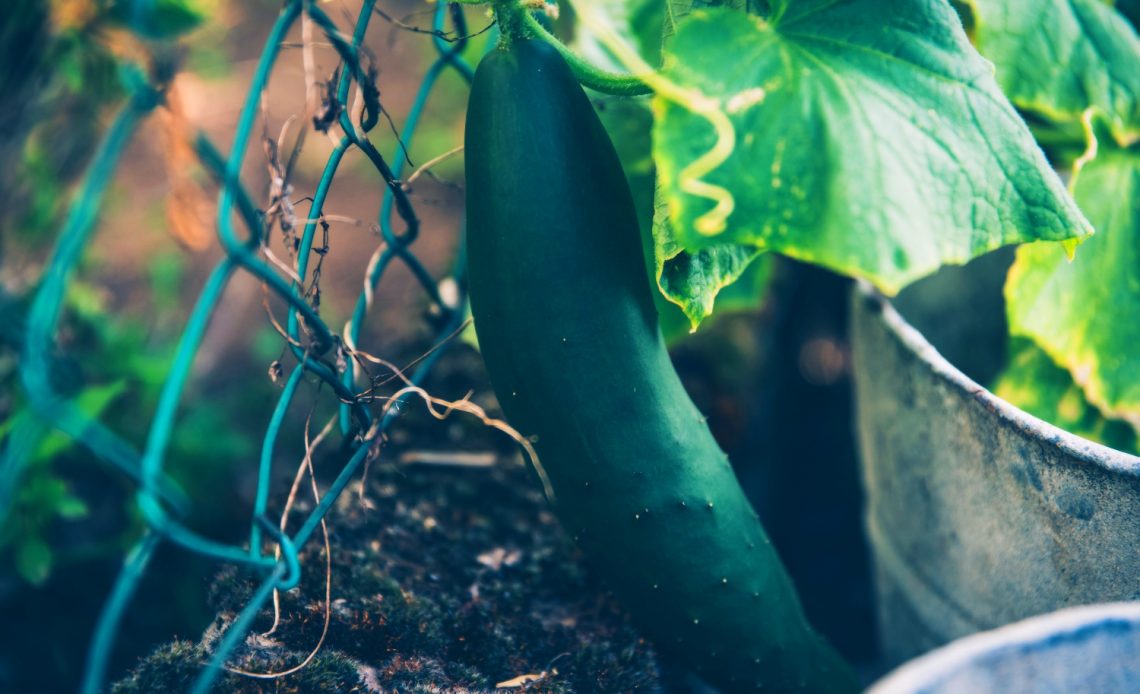

We’re here to help! Wild Yards is a completely free website that is 100% dedicated to helping you create a wildlife-friendly, sustainable yard. Read more
WildYards is reader-supported. When you buy a product through a link on our site, we may earn a comission. Every product is independently selected by our (obsessive) editors and our reviews are unbiased and objective. Read more about our mission or our privacy policy.
Whether you pickle them or eat them right off the vine, cucumbers are popular summer vegetables that are as easy to grow as they are to eat. When you start your own cucumbers from seedlings, the last thing you want is to see them succumb to some problem out in the garden. If you get excessive rainfall during the growing season, or if you accidentally leave the hose on for too long, you may end up with overwatered cucumber plants. But what are the signs that cucumbers have been overwatered? And, if you have overwatered cucumber plants, can they be saved?
If your cucumber’s leaves are wilting and turning yellow, and if you notice gray, fuzzy spots on the foliage caused by powdery mildew, these are signs that the plants have been overwatered. Fortunately, by improving drainage and giving the soil time to dry out, most plants can be saved.
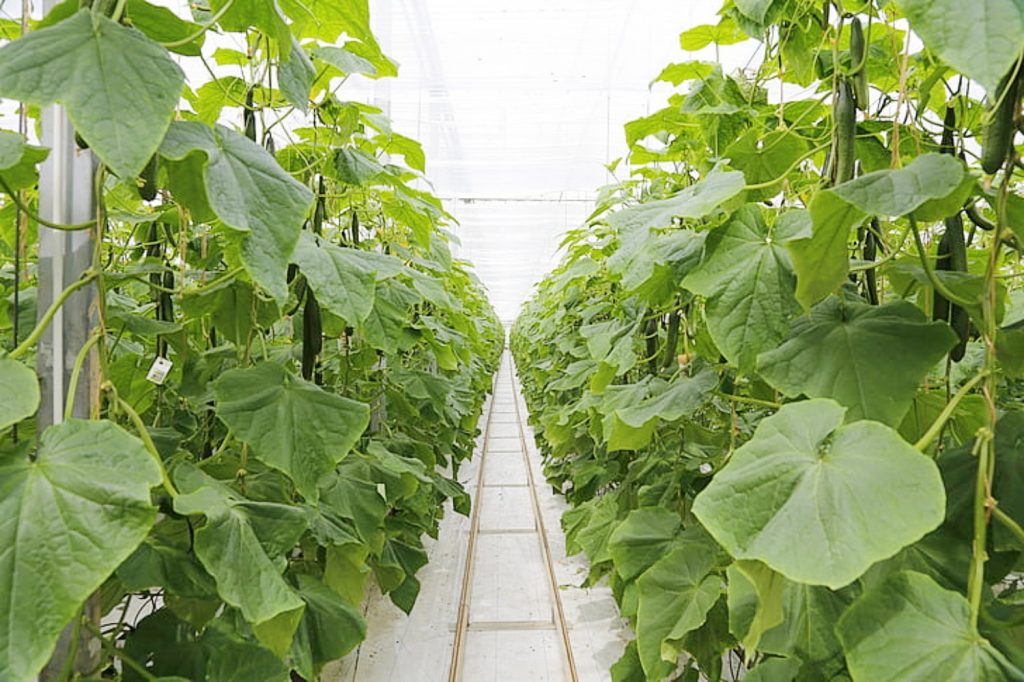
What are the signs of overwatered cucumber plants?
Maybe your ecoregion has experienced significant rainfall this growing season. Or maybe, in your desire to take good care of the plants in your garden, you got a little overzealous with the watering can. In either case, if the soil your cucumbers are planted in has become waterlogged, your plants will start to suffocate.
The first thing you’ll notice is wilting foliage. Very shortly after that, the cucumber’s leaves will turn yellow. If soil conditions don’t improve, the damp ground will create a moist environment in the cucumber’s foliage, making it the perfect breeding ground for powdery mildew. If you notice small white or gray spots on the plant’s leaves, it’s this notorious fungus.
A closer look at the cucumbers’ roots will reveal signs of rot. The roots will be mushy and spongy, and the surrounding soil will smell of decay. Any flowers or buds on the plant will wilt and fall off. The plant will also suffer from stunted growth, and any cucumbers you harvest will be mushy and inedible.
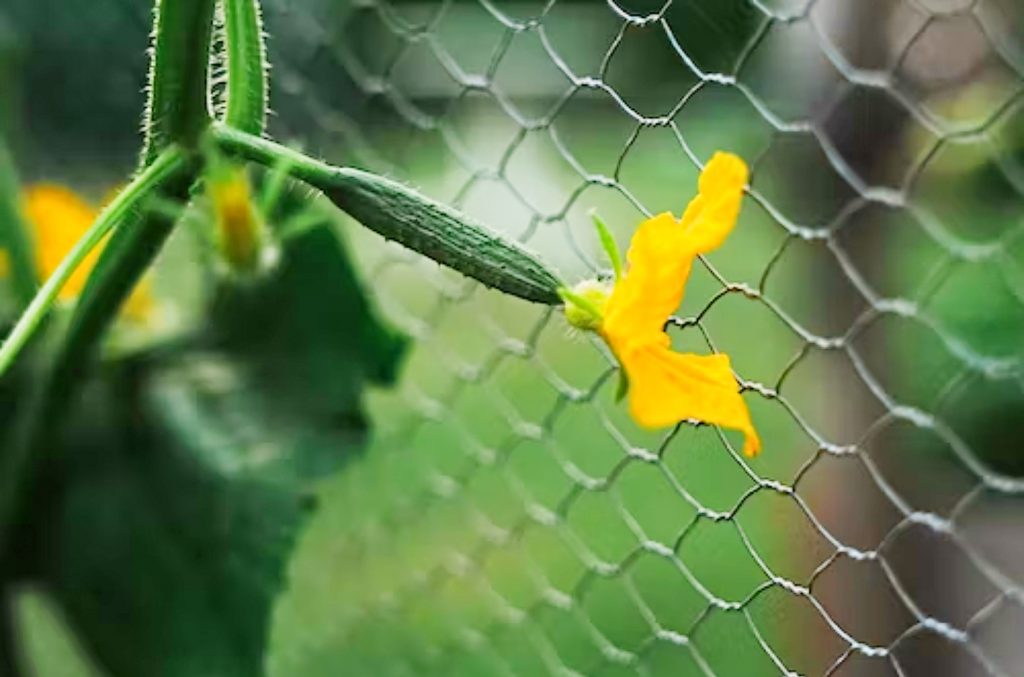
What can you do to save your overwatered cucumber plants?
If you’ve overwatered your cucumber plants, there are a few things you can do to help them recover. Cucumbers are quite hardy. If you act quickly, you should be able to save the plants, ensuring you have plenty of cucumbers to enjoy come harvest time.
Stop watering the cucumbers
The first thing you need to do if you think your cucumbers have been overwatered is turn off the hose. Avoid watering the plants and give the soil time to dry out. Once the soil drains, the roots will have a chance to breathe. In many cases, this is all that needs to be done to revive overwatered cucumber plants.
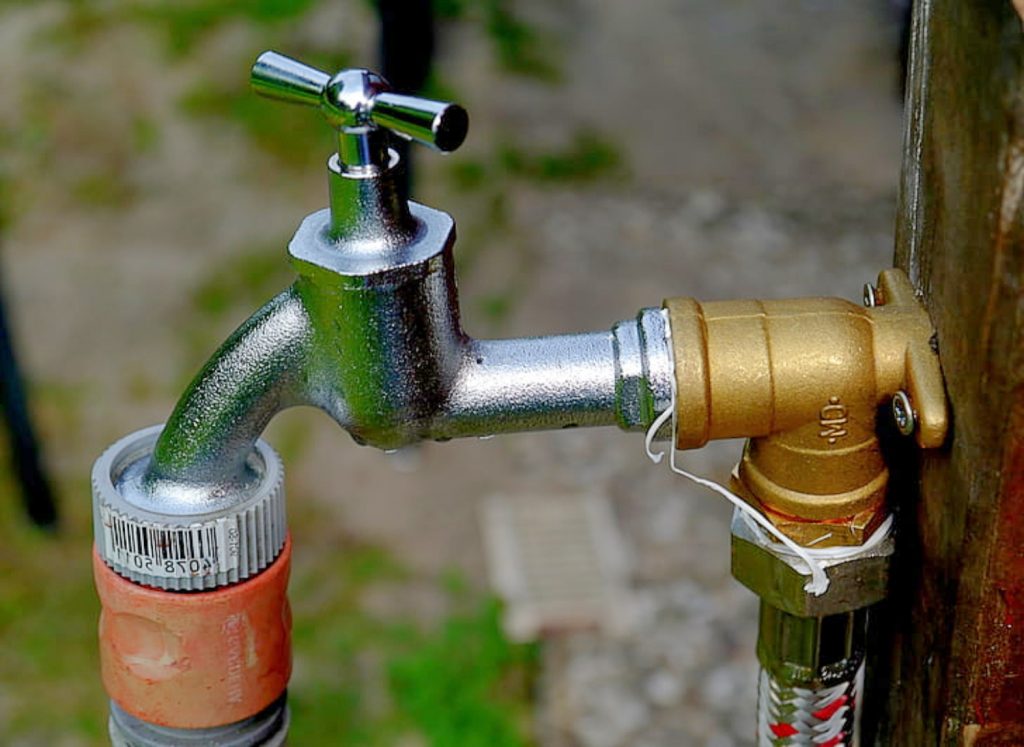
Prune away the yellow leaves
Dying leaves rob the plant of nutrients that it needs to recover and produce fruit later on. Use garden shears to trim away yellow leaves. Pruning away the dead foliage has the added advantage of improving air circulation around the plant. While it’s safe to throw dying leaves into your compost, avoid adding diseased foliage to the heap. Dispose of infected leaves by burning them or throwing them in the garbage.
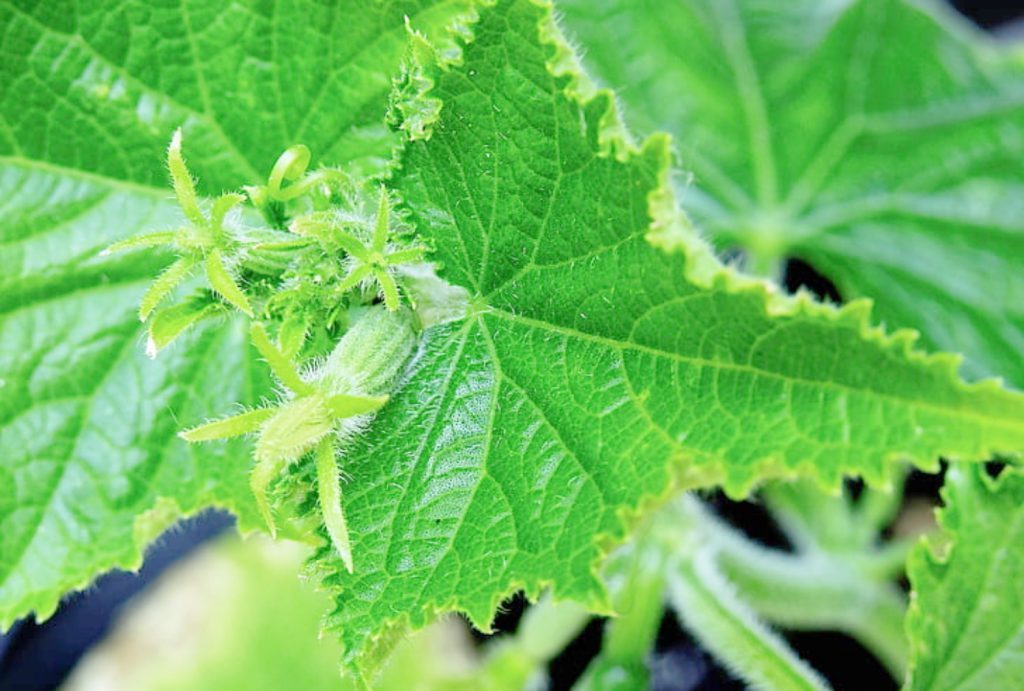
Remove mulch and decaying plant debris
It’s important to pull away any mulch surrounding your cucumber plants. This will help air circulate around the base of the plant, creating an unfavorable environment for fungal spores. Be sure to pick up any stems, leaves, flowers, or fruits littering the ground below. Decaying plant matter retains moisture and breeds bacteria. Removing it will help the sun reach the soil so it can dry out quickly.
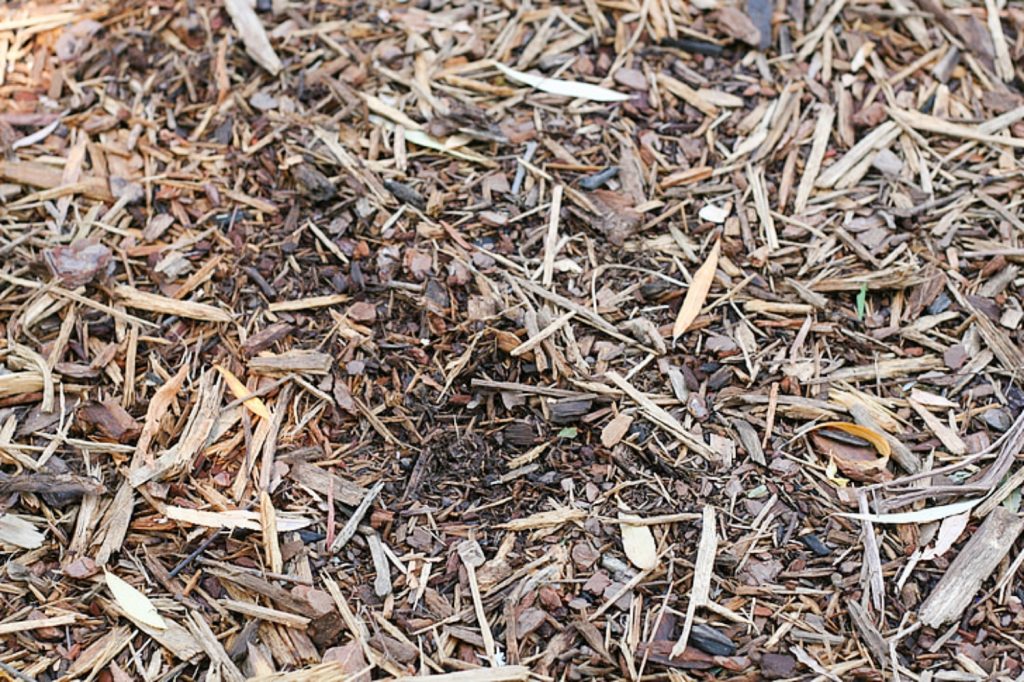
Dry the roots out
Sometimes the best way to dry an overwatered plant’s roots out is to physically uproot them and dry them off. If your cucumber plants are still young, use a hand trowel to gently remove them from their muddy soil. Spread the plant’s roots out on some newspaper or paper towels to dry overnight. In the morning, use garden shears or sharp scissors to trim away damaged, rotting roots.
Improve soil drainage
While your cucumbers are out of the ground, use this opportunity to amend their soil. Work coarse sand into the row until you get a sandy loam consistency (30% to 40% sand, 60% to 70% loamy soil). If your cucumber plants are too big to remove from the ground, use a weed fork to gently work some sand around them. This breaks up compacted soil and makes it easier for water to run off.
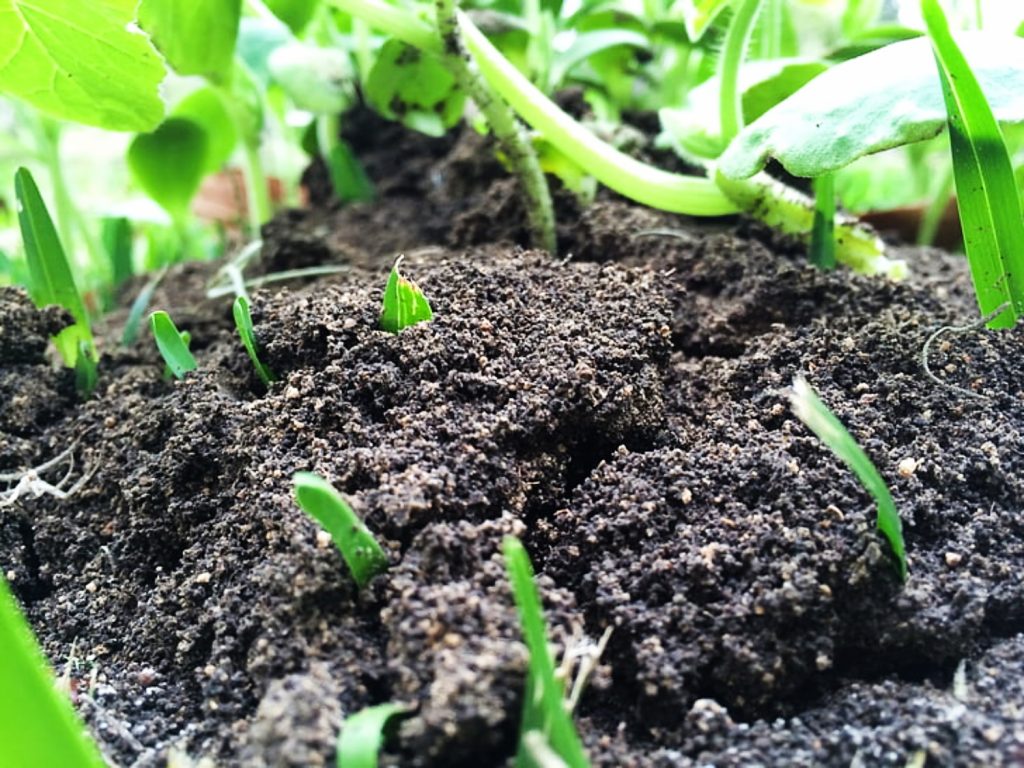
How can you improve conditions for your cucumbers in the future?
It’s much easier to prevent cucumber plants from being overwatered than it is to treat them. While you may only be able to do so much to save your current cucumber crop, there are several steps you can take to make sure your future cucumbers don’t suffer the same fate.
Choose the best location possible
Cucumbers grow best in sandy loam soil that stays moist, but not muddy. Avoid planting cucumbers at the bottom of a slope or anywhere water tends to pool. The plants should be placed where they can receive 8 to 10 hours of direct sunlight a day. Getting plenty of sunshine is critical to help dry up excess water and prevent fungal infections from setting in.
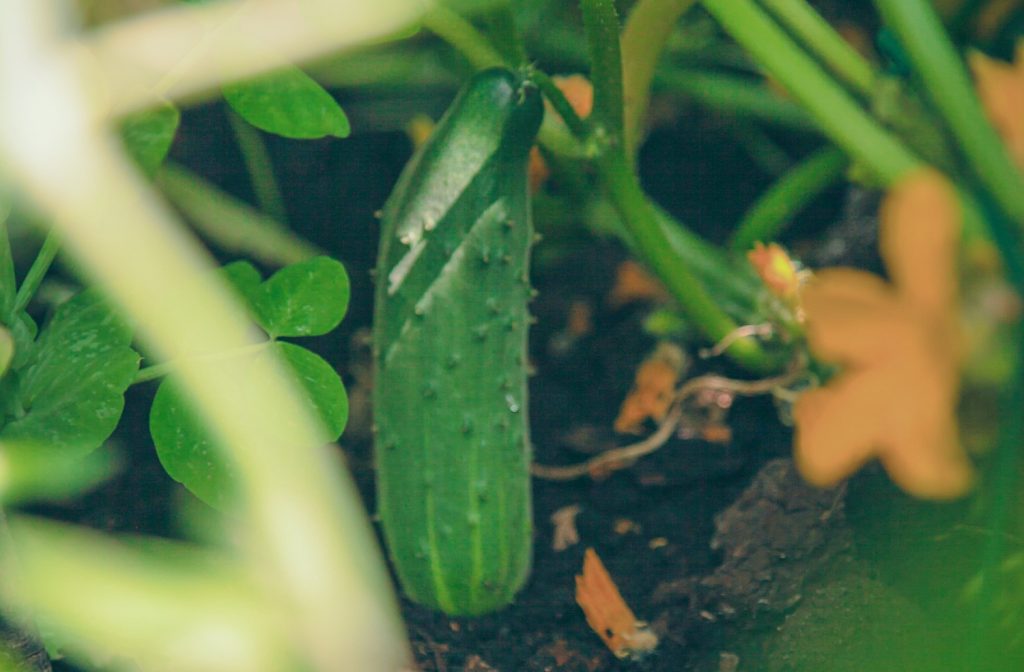
Amend the soil
If the soil in your garden tends to stay wet, you’ll need to amend it with sand. This helps break up the ground, creating an escape root for excess water. Adding a thin layer of pea gravel to the bottom of the hole before planting your cucumber plants can further improve drainage.
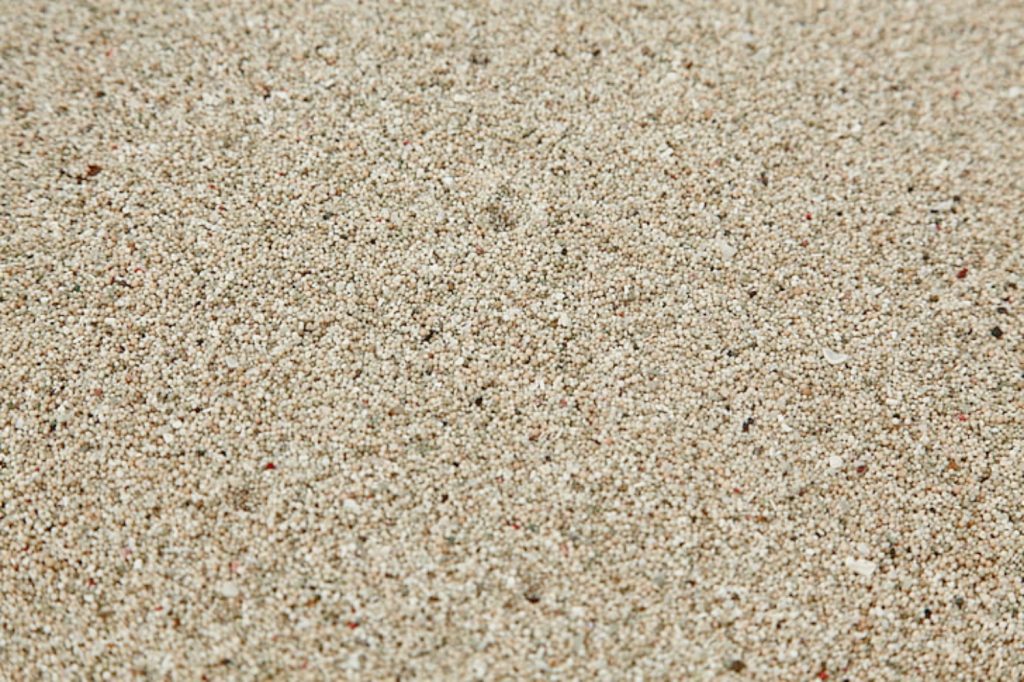
Prune the plants when needed
As you tend to your garden this growing season, you’ll notice some leaves and flowers on your cucumber plants die. Don’t just ignore them, use garden shears or sharp scissors to clip them off. This will help improve air circulation around the plant, preventing bacteria from breeding. Dispose of the dead materials by tossing them into your compost heap to be used to feed other plants later on.
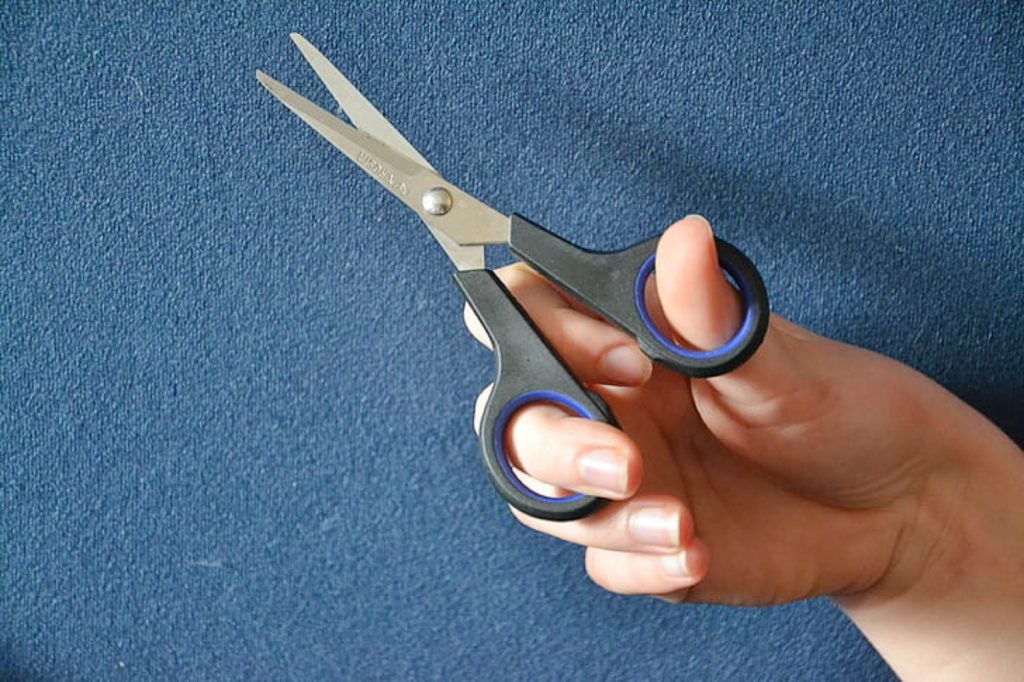
How much water do cucumber plants need?
Cucumbers grow best in loamy soil that can easily be kept moist, but that allows excess water to drain quickly. These plants should be watered as often as it takes to keep the soil moist to the touch, but not sopping wet. This usually amounts to an inch of water per week — of course, this amount is subject to change depending on how hot your climate is. If the soil your cucumber plants are planted in is on the sandy side of loamy, this can also raise their water needs.
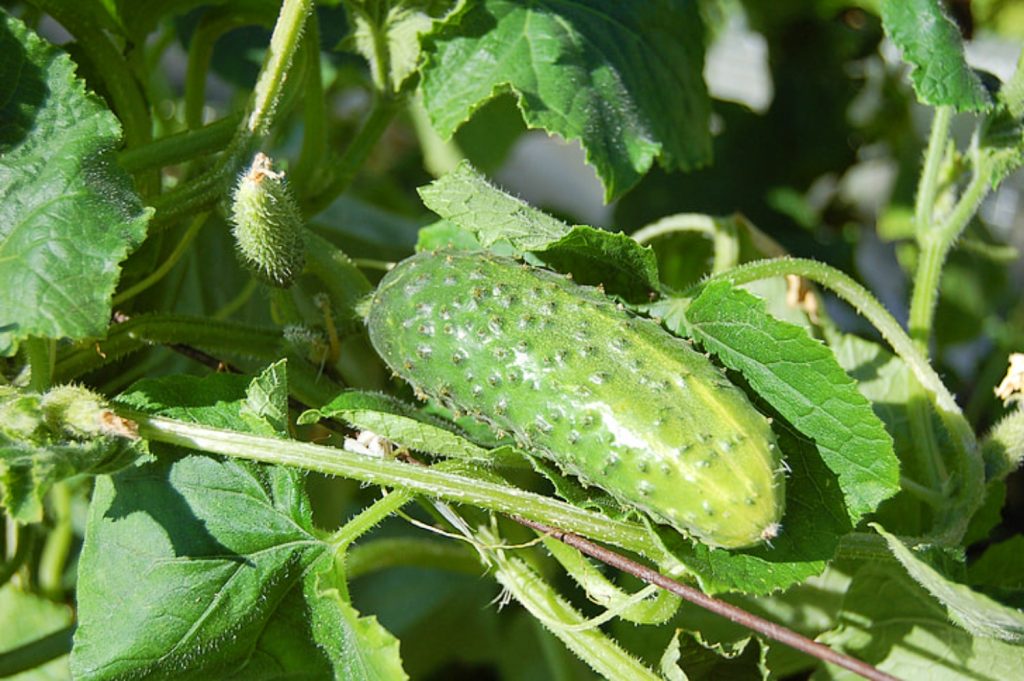
What’s the best way to water cucumber plants?
There’s a right way and a wrong way to water your cucumbers. The wrong way would be to set a sprinkler on the cucumbers in the evening and let it run for an hour or so. This will not only overwater your cucumbers, but it will also leave the water to sit on the foliage for a prolonged period. This significantly increases the plants’ chances of developing fungal diseases.
The best way to water your cucumbers is to only water the base of the plant. Keeping water droplets off the foliage will help prevent powdery mildew. You should also water in the morning. That way, if you do accidentally overwater your cucumber plants, they’ll have the rest of the day in the sun, and that will help evaporate excess moisture. Water the plants with a hose until the soil is wet 5 to 7 inches below ground level. The soil should be moist, but not muddy.
How often should you water your cucumber plants?
How often you water your cucumbers depends on several factors. If your climate stays humid and your cucumbers are planted in loamy soil, then you’ll probably only need to water them once or twice a week. If you live in a dry, arid region and the cucumber’s soil doesn’t retain much moisture, you may need to water them every other day.
The best way to determine whether or not your cucumbers need to be watered is to feel the soil. Stick your finger one to two inches into the soil. If it feels dry and powdery, then your cucumbers need to be watered. But if the soil feels wet, like a soaked sponge, wait until it dries out a bit more before turning the hose on them again.
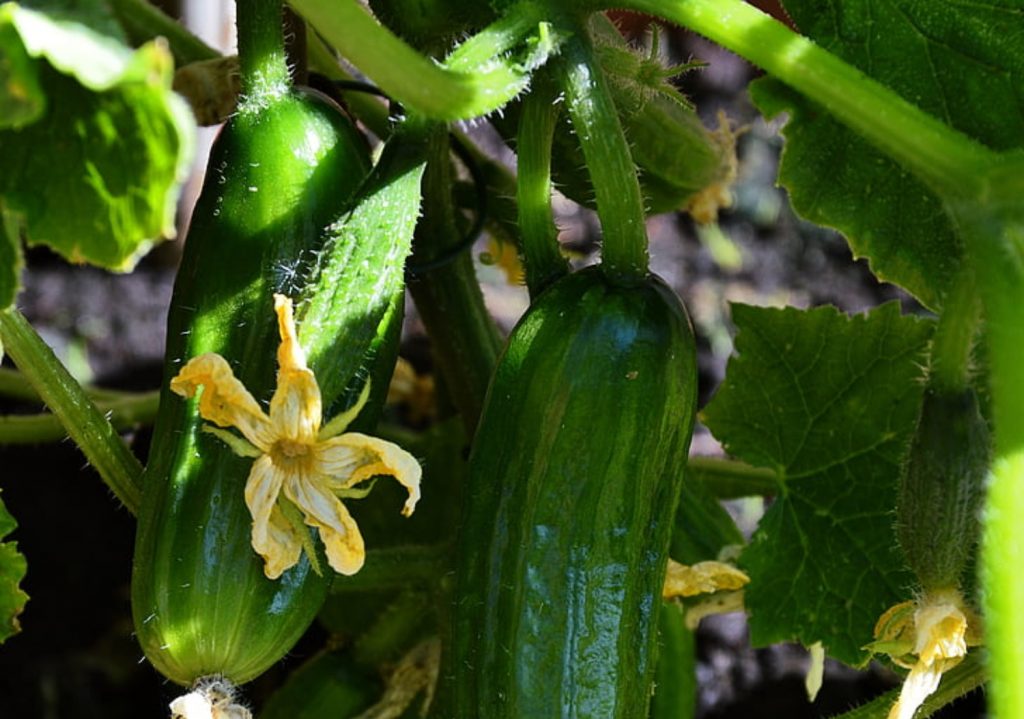
More tips for preventing overwatered cucumber plants
When watering your cucumber plants, avoid overhead watering. Sprinklers and garden hose sprayer attachments may save you some time in the short term. But, in the long run, they open the door to a variety of problems. If you need to save time watering your cucumber crops, invest in a soaker hose, which will water the plants in a timely fashion and in a manner that keeps them healthy.
By meeting your cucumber’s basic requirements and changing their watering schedule to suit their needs, you can keep the plants in good health and enjoy the fruits of your labor at the end of the growing season.
